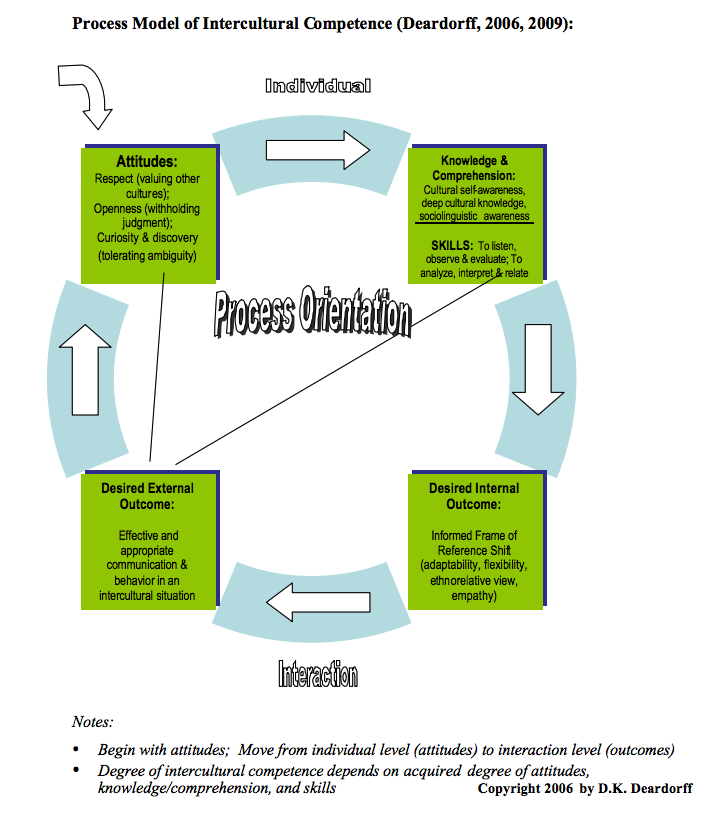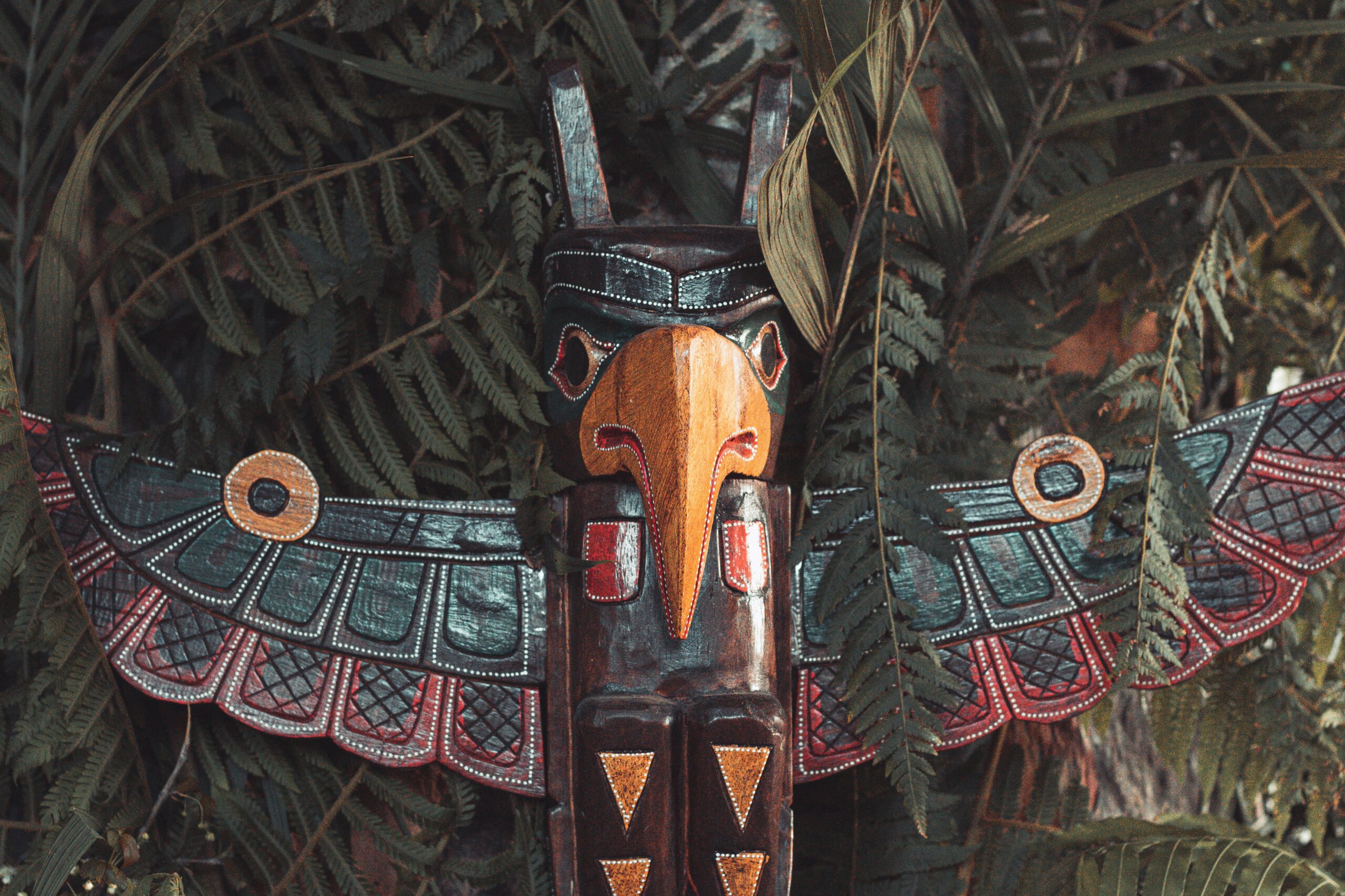“Indigenizing curricula is not about adding content related to Indigenous history or culture; it’s about shifting to an approach that incorporates Indigenous worldviews, including Indigenous pedagogies and approaches to knowledge” (Antoine et al., 2018).
The diversity of the Indigenous population and knowledge contributes to the complexity of incorporating indigenous resources in the curriculum for educators. But it should not be “a reason to exclude Indigenous content” (Antoine et al., 2018). Considering the challenges and opportunities, I would like to mention a few points.
The Challenges
People tend to stereotype others from other cultures without even realizing it. Even there are different Indigenous communities, like First Nations, Urban Indigenous, Métis, and Inuit people (each of them is different), all of them are often called Indigenous people. Susan Dion says, “Whose perspective are you accessing… is important” (Professional Learning Supports, 2015, 3:14). Before including Indigenous resources in the curriculum, educators need to admit its diversified culture and knowledge, instead of concluding them with one general phrase.
Another challenge could be that limited opportunities are given to educators to interact with the local Indigenous culture and people. It can directly lead to insufficient intercultural competence regarding teaching Indigenous knowledge and culture for people who are not from the Indigenous community. According to Deardorff (2006), there are four stages for a person to gain intercultural competence. Most people have attitudes which refer to valuing and respecting other culture, and then the next level is to have the knowledge and skills to gain a profound understanding. As Indigenous culture is excluded from the category of popular culture, it would be challenging for most people to move to the next “interaction” level.

Process Model of Intercultural Competence – Deardorff (2006)
The Opportunities
Thanks to the development of social media, the way people get information has changed significantly. For instance, there are 50 million daily active U.S users on TikTok (Sherman, 2020). Many people see this opportunity and are trying to save the endangered Indigenous culture and languages via online social media. For example, James Jones, an Indigenous creator, shares his traditional Indigenous healing dance on TikTok and now has millions of followers. In this way, more people would have the opportunity to know the Indigenous culture and possess the skill to identify authentic Indigenous resources.
James Jones (NotoriousCree) Compilation | Native Tiktok
References
Darla K Deardorff: (2009) Exploring interculturally competent teaching in social sciences classrooms. Enhancing Learning in the Social Sciences 2(1), DOI: 10.11120/elss.2009.02010002
Antoine, A., Mason, R., Mason, R., Palahicky, S. & Rodriguez de France, C. (2018, September 5). Section 4: Incorporating diverse sources of Indigenous knowledge In, Pulling Together: A Guide for Curriculum Developers. BCcampus. https://opentextbc.ca/indigenizationcurriculumdevelopers/
Professional Learning Supports. (2015). Indigenous learning is complex [Video]. Vimeo. https://vimeo.com/154614647
Sherman, A. (2020, August 24). TikTok reveals detailed user numbers for the first time. CNBC. https://www.cnbc.com/2020/08/24/tiktok-reveals-us-global-user-growth-numbers-for-first-time.html
Native Sounds. (2020). James Jones (NotoriousCree) Compilation | Native Tiktok [Video]. YouTube. https://www.youtube.com/watch?v=WnHOwsDciDU


Grace Landreville
Hi Junxiang,
I agree that having limited opportunities to interact with the local Indigenous culture and people poses quite a challenge in making a connection. I live in the Cariboo-Chilcotin area and we are very fortunate that our School District has a working relationship with the Indigenous groups in the area. In addition, we have a First Nation department that creates a liaison for us. Do you think a media tool such as a video conference tool would help connect with Indigenous experts in areas where there are fewer opportunities?
That is so creative of users to use TikTok as a platform to share their Indigenous culture. Thank you for sharing that positive story.
Junxiang
Hello Grace,
It’s good to hear that your School District to have such a connection with Indigenous groups. Sure, I think a media tool can really change the current situation and increase Indigenous cultural awareness. It would be beneficial to use a video conference tool having Indigenous experts or people to share Indigenous culture and knowledge with students.
Thanks for your sharing.
Paul Chong
Great post Jun,
The youtube link is broken. I would love to see the dance!
-Paul
Junxiang
Hi Paul, thanks for letting me know. The author changed the video to private. I have updated another similar video. Hope you would enjoy it.